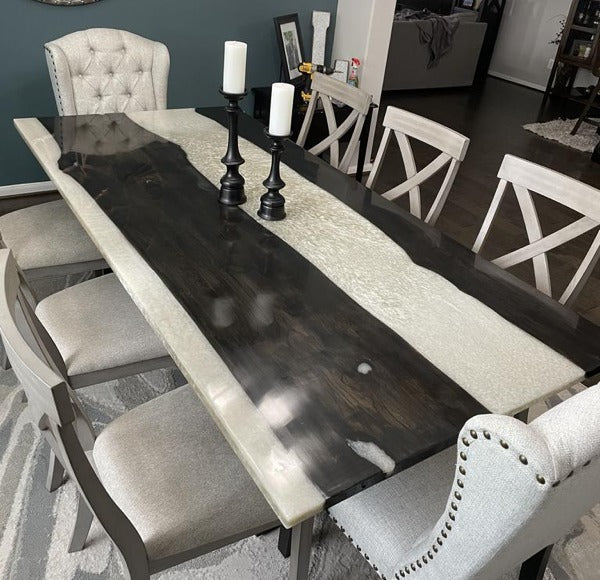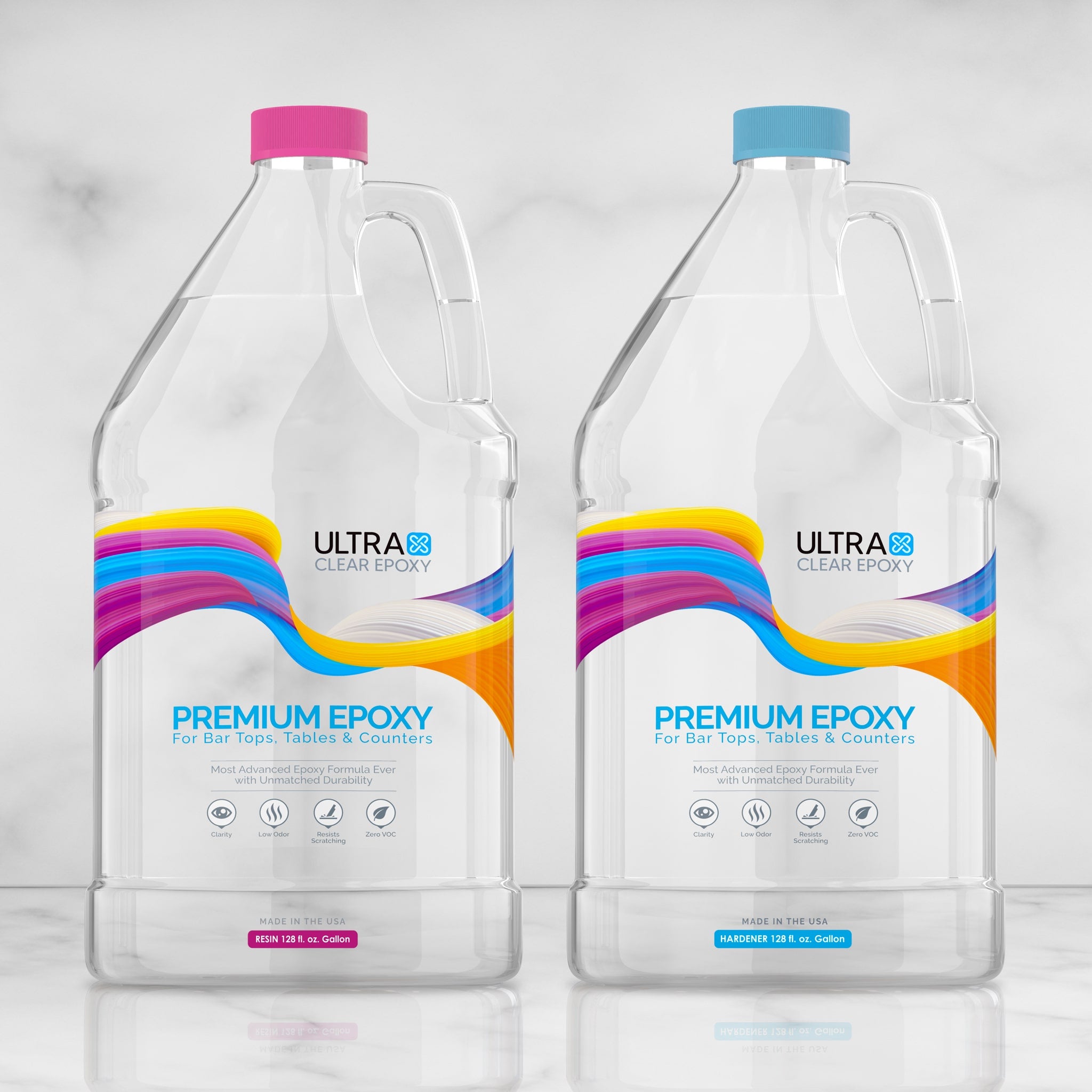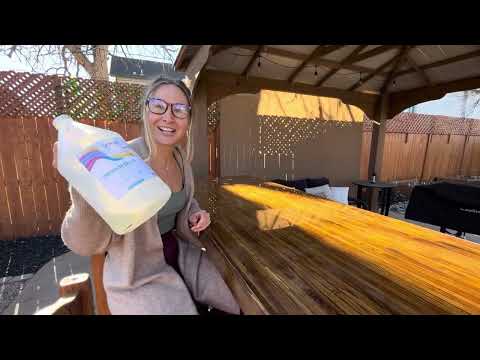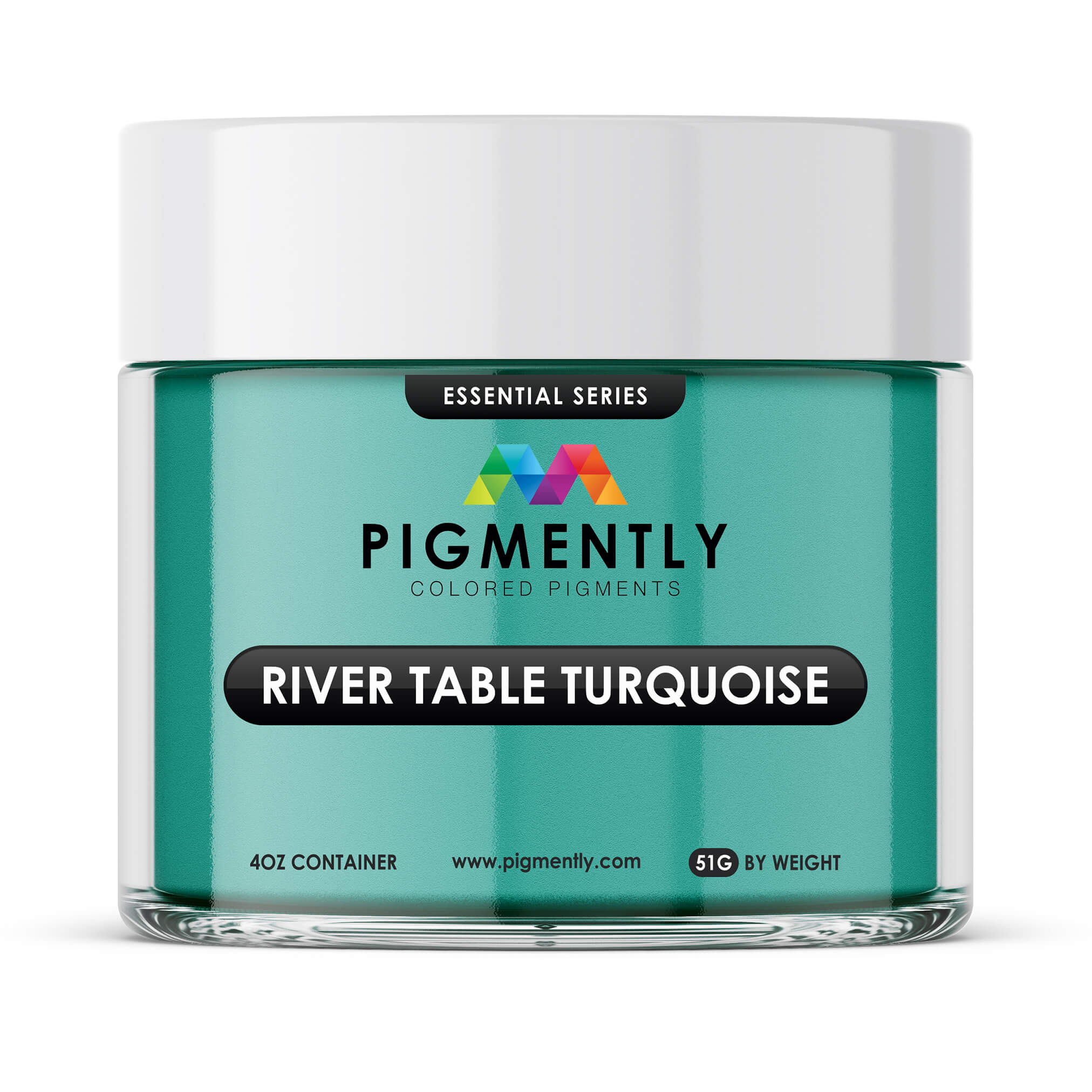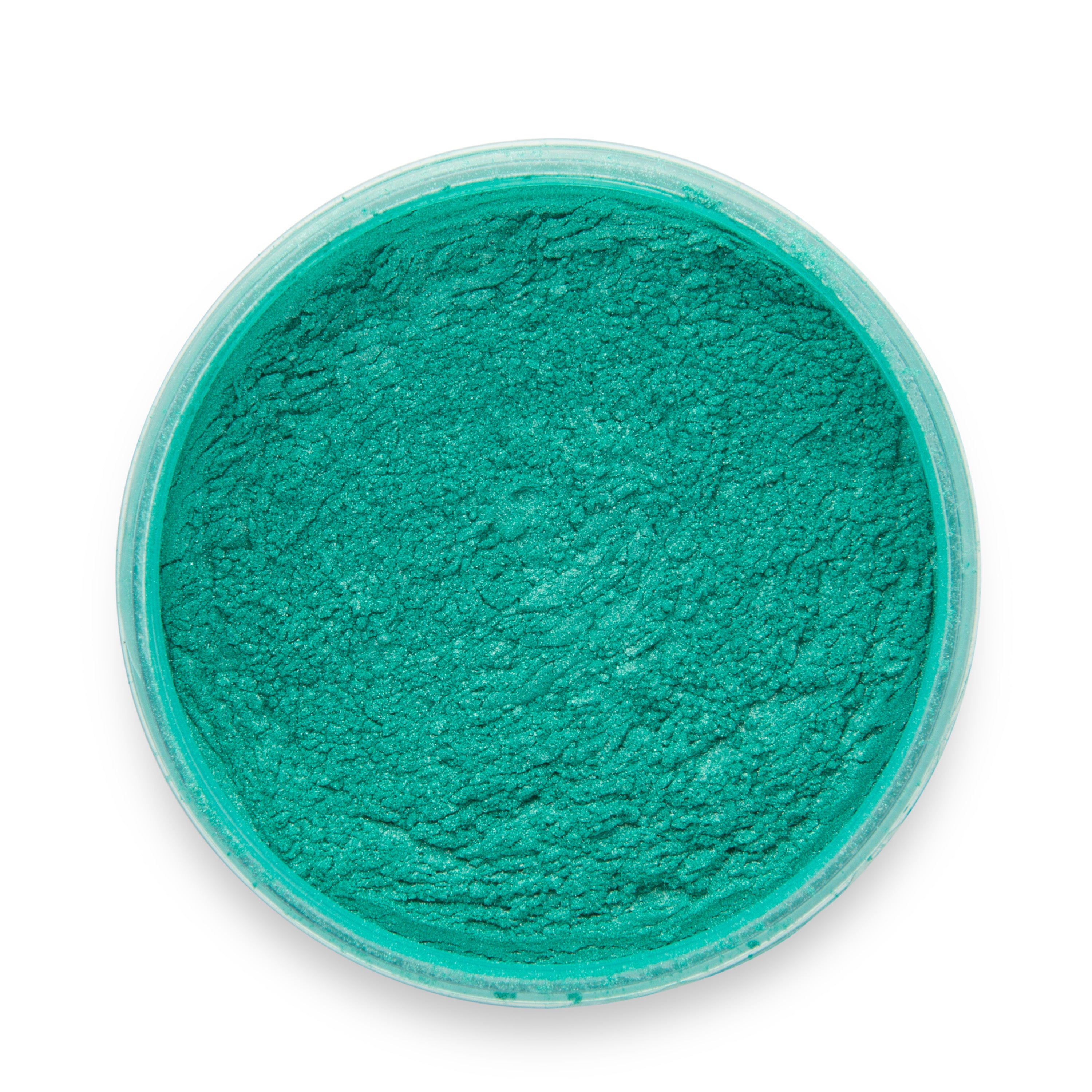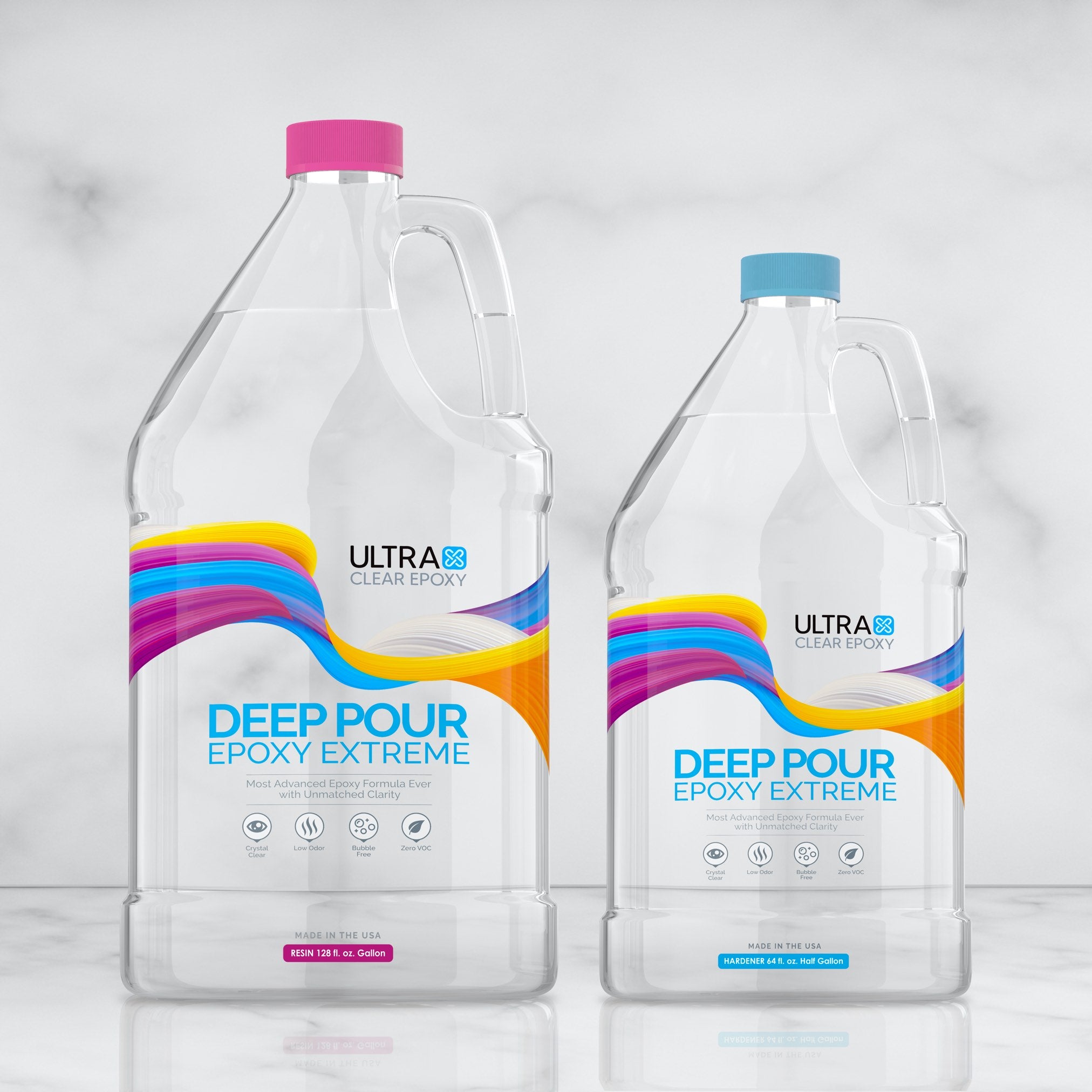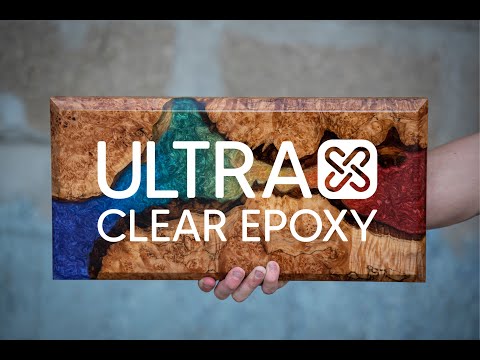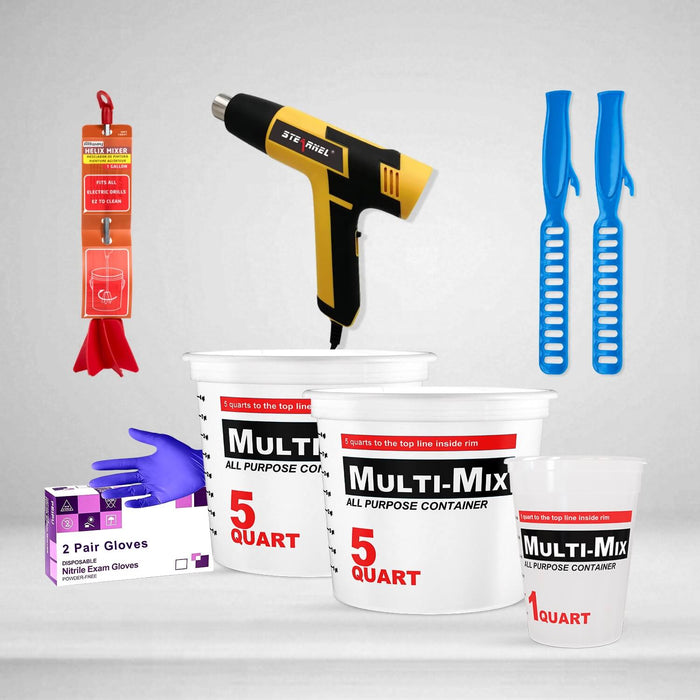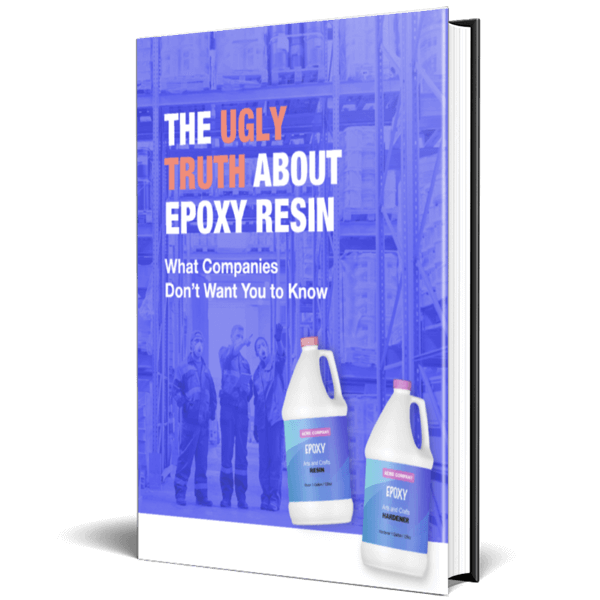Epoxy resin is a clear plastic material often used as an incredible protective coating for furniture and countertops. It starts off as two liquid components. When mixed together they harden and can be applied to a surface to produce a rock-solid finish with a glasslike appearance.
A good epoxy resin is remarkably versatile, both in how it can be applied—brushed on as a seal coat, poured on as a flood coat, etc.—as well as in how it can be customized, such as with vivid epoxy colorants. or stylish embedments.
But as with any material, there are a few circumstances under which you should not use epoxy. These are typically due to climate conditions of the work space, which can effect the curing process, but they can also be related to usage.
In this article, we'll explain the most relevant times when you should not use epoxy.
When should you not use epoxy?
While a high-quality epoxy resin is suited for numerous different situations, there are several instances, where you should not use epoxy—at least until the underlying issues are resolved.
Below are two lists of when you should not use epoxy—one for uncured and one for cured.
For uncured epoxy, you should not use it when:
- You have an unsuitable climate for curing: Relative humidity and temperature have a strong effect on how well epoxy can cure. Once it has cured it's fine for this.
- Your workspace has poor ventilation: Though epoxy fumes are fairly mild, when curing in a stale room these fumes can build up and become concentrated, leading to potential safety risks.
- In proximity to high heat: Epoxy is fairly heat resistant, but you shouldn't apply it to a surface adjacent to intense heat sources, as this can gradually cause heat damage and softening of the finish.
For cured epoxy, you should not use it when:
- As a food prep surface: Epoxy resin is food safe once cured. This means contact with food is no problem. But prepping food is not a great idea, as items like sharp knives can damage the epoxy finish.
- As a clear finish in direct sunlight: Direct sunlight can cause gradual yellowing of clear epoxy resin. This can be greatly mitigated by coloring the epoxy with mica powder pigments, which are resilient to color-morphing and will retain their vivid tones.
Next, we'll examine each of these reasons in more detail.
Reason #1: You have an unsuitable climate for curing.
For optimal curing, epoxy needs to be within a certain temperature range and below certain humidity levels. You should not use epoxy when your work area would be outside these guidelines.
The ideal temperate to cure a good bar top epoxy is about 75°F. Above this, it can still cure, though if it's too high you may have issues.
Epoxy will also cure as low as about 60°F, though as it lessens it begins to take considerably longer. In fact, the lower the temperature of the room is, the longer it will take until eventually it simply can't cure at all because there isn't enough heat.
The ideal relative humidity for epoxy curing is anything at or below 60%.
Solution: If you can maintain an environment of ~75°F and relative humidity below 60%, you'll be good to go!
Click here to learn more about curing!
Reason #2: Your workspace has poor ventilation.
Epoxy resin is classified as a mild irritant. For people with sensitive skin, it can cause redness, and for those with respiratory issues, direct inhalation to the fumes it releases can cause significant discomfort.
These problems are both easily mitigated by wearing nitrile gloves and a suitable mask, such as an N95 respirator.
However, if the room in which you'll be curing the epoxy is has little or no ventilation, the fumes released by epoxy can build up into something a little more serious. Therefore, it's important that epoxy projects be done in places with air circulation.
Solution: Perform your epoxy projects in well-ventilated rooms or—if the climate is conducive—outside in the open air.
Click here to learn more about safety when using epoxy!
Reason #3: The epoxy would be in proximity to high heat.
Epoxy fares well in heat, capable of withstanding temperatures of up to 135°F without breaking a sweat. But beyond that, it can start to soften and warp.
Thus, it's wise to consider whether the space you're considering epoxy for will be exposed to such high temperatures. Though rare, there are instances where this is relevant. For example, a fireplace can reach intense levels of heat, and having an epoxy finish on the exterior of one may not be the best option.
Solution: Don't apply an epoxy resin finish to surfaces that are exposed to intense heat.
Click here to learn more about epoxy resin and heat!
Reason #4: You want to use the surface for food prep.
While epoxy resin is incredibly durable, able to resist tremendous impact and scratching, it can still be cut with sharp blades.
Because of this, epoxy resin should not be applied with the intent to use it for food prep. However, cured epoxy is completely food safe, so merely placing food on it is not an issue.
Solution: Don't use your epoxy finish as a cutting board.
Reason #5: Your finish would regularly be in direct sunlight.
The UV rays emitted by the sun are incredibly powerful. Even after passing through the earth's atmosphere, they still hold considerable strength, and long-term direct exposure to them often causes damage or other negative effects to all manner of materials, including epoxy resin.
While epoxy resin won't structurally weaken from UV ray exposure, it does have a tendency to yellow. This yellowing is primarily apparent in clear epoxy finishes, where the transparent epoxy gradually yellows into a slightly translucent surface instead.
You can avoid some of this by using colorful epoxy pigments in your resin batches. This will make the resin opaque, but also give it a strong coloration that won't morph or fade, thanks to the non-soluble minerals used in the creation of these colorants.
Otherwise, epoxy resin fares best indoors, where it will be shielded from direct UV rays.
Solution: Keep your resin finish indoors, or give it a tint using epoxy pigments.
Additional Resources
We hope this article helped clarify some things for you. Here are some additional resources that you may find useful:
- Epoxy: Proper storage, shelf life, and preventing "yellowing" - Learn how to storage extra epoxy until you're ready to use it.
- How to wash away resin and epoxy on your hands and skin - Cleaning resin off your skin is easy. Discover how to do so here.
- Guidelines for cleaning epoxy surfaces - Cleaning resin surfaces is a breeze—learn some tips and tricks in our guide.
Have questions? Want advice? Contact us!
If you have any questions about when you should or shouldn't use epoxy resin—or if you'd like some advice on planning an epoxy project, please reach out to us at UltraClear Epoxy. Our epoxy experts are ready to assist!
You can contact us via phone or email here. During business hours, you can also text chat online with one of our resin specialists by clicking the Help button at the bottom right of your screen.
For a premium rock-solid, crystal-clear epoxy finish, choose UltraClear Epoxy!

